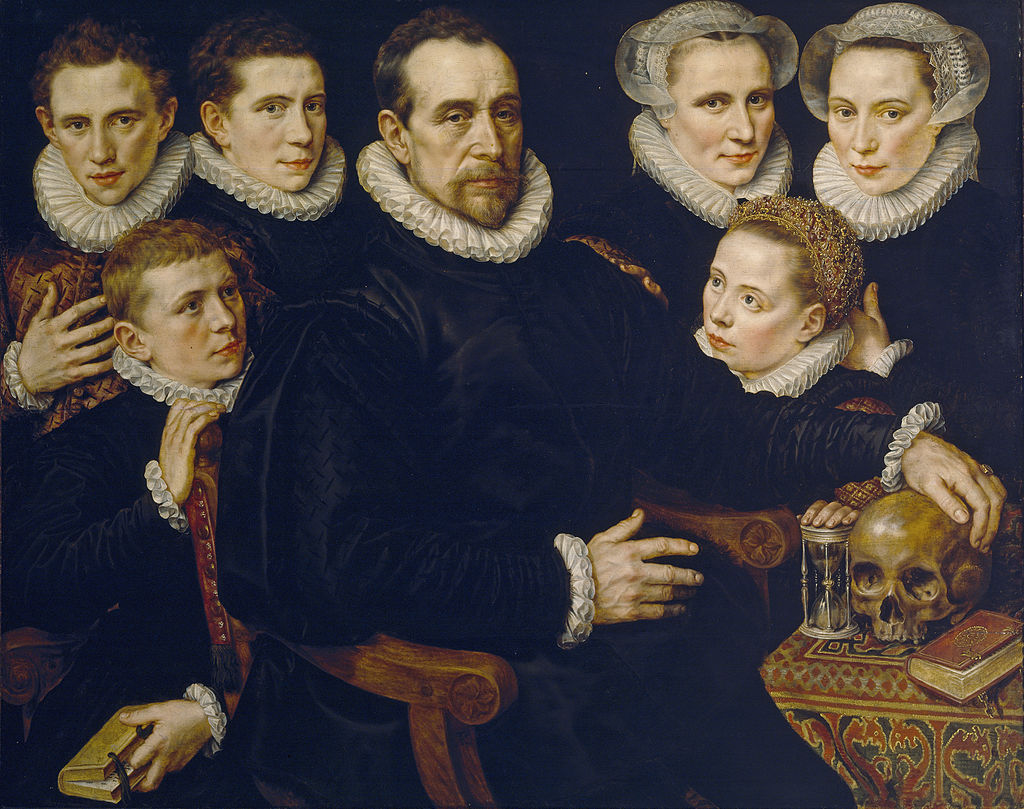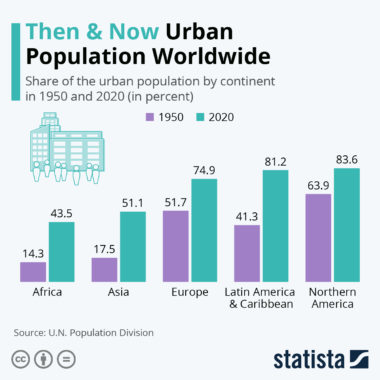

Autor: prof. Bogdan Maria-Georgiana
- Nuclear Families
In early modern England, nuclear families were also known as patriarchal families because of the role attributed to men; patriarchal families represented the basic family unit of the time. As Helen Berry and Elizabeth Foyster observe about the history of the early modern family, in The Family in Early Modern England: ” For the first time, historians could substantiate some surprising findings about early modern households that exploded the myth of the pre-industrial extended family and which now are accepted as incontrovertible features of early modern society: population growth was controlled through couples marrying late ( in their mid-to late-twenties) or not at all; the structure of most families was nuclear, although households could be larger with non-family members resident, such as apprentices, lodgers and domestic servants; remarriage was common upon the death of a spouse after ten to fifteen years of marriage”. ( Berry and Foyster 5-6).
Families in early modern England, therefore, was represented, as it is also represented in contemporary Romania, by the biological parents and their children, and their lives were mostly centred on the household, the daily chores and the neighbours. A nuclear family would exclude illegitimate children in early modern England, as they were seen as having no father to take care of them and so, they were provided for by their mothers, who were not seen as a family by the law system of the time.
Children in nuclear families were encouraged to leave home and make a living elsewhere. In this way, loosening of ties was encouraged and from an early age, children managed their lives in other households either as servants or apprentices. When they were old enough to get married, they would not live in the same house with their parents and so, most young men would choose to wait until they had the necessary money to have their own house and to be able to financially support a family.
The death of a partner would bring about a lot of changes within the structure of the family but a man or a woman would not remain a widow for the rest of their lives and they would choose to remarry. So, the children got used to having stepmothers or stepfathers. Laws became extremely complicated, especially when the father died. Children belonged to ” the father’s family ” (168). according to Rober Bucholz and Newton Key, in Early Modern England, 1485-1714: A Narrative History, and so the mother would give them their shares from the inheritance. But if the mother chose to remarry, she would lose the freedom to make that decision as she would become part of her new husband’s family. According to the men-governed society of the time, the new husband would be the one entitled to decide on the children, considering the fact that her children were not seen as an integral part of the newly formed family.
In contemporary Romania, the concept of nuclear family has been carefully analysed to see the positive and the negative aspects of being a member of this type of family. In schools, students are asked to give their opinions on the matter by debating and discussing amongst each other. When referring to nuclear families, we all refer to those groups made of husband and wife and then their children, as a separate unit from the other members of the extended family and also as a very powerful unit within the society itself. In a nuclear family, children are raised solely by their parents, who offer them models of maturity and stability and their number is discussed based on the financial possibility the families have to offer. Moreover, the women in nuclear families enjoy a different status as compared to living with their parents or parents-in-law; they are free to make their own decisions within the household, they plan their time and responsibilities without any interference from the elders.
Like in the early modern British families, in contemporary Romania young couples can live with their parents and this becomes increasingly common because of the financial instability and the fact that it is very difficult to buy your own flat or house without saving some money first. In Romania, the young couples choose to live with their parents for a while and they are free to choose if they want to live with the woman’s parents ( matrilocal unit) or vice-versa ( patrilocal unit). Nevertheless, the general perception is that a young couple should live on their own, without any influence from neither of their families, growing up and maturing together, away from all aspects of social evolution.
To BE CONTINUED
WORKS CITED
Berry, Helen and Elizabeth Foyster. ” Introduction. ” The Family in Early Modern England. Edited by Helen Berry and Elizabeth Foyster, Cambridge: Cambridge UP, 2007, pp. 1-17
Bucholz, Robert and Newton Key. Early Modern England, 1485-1714: A Narrative History. Chichester: Blackwell Publishing, 2009


